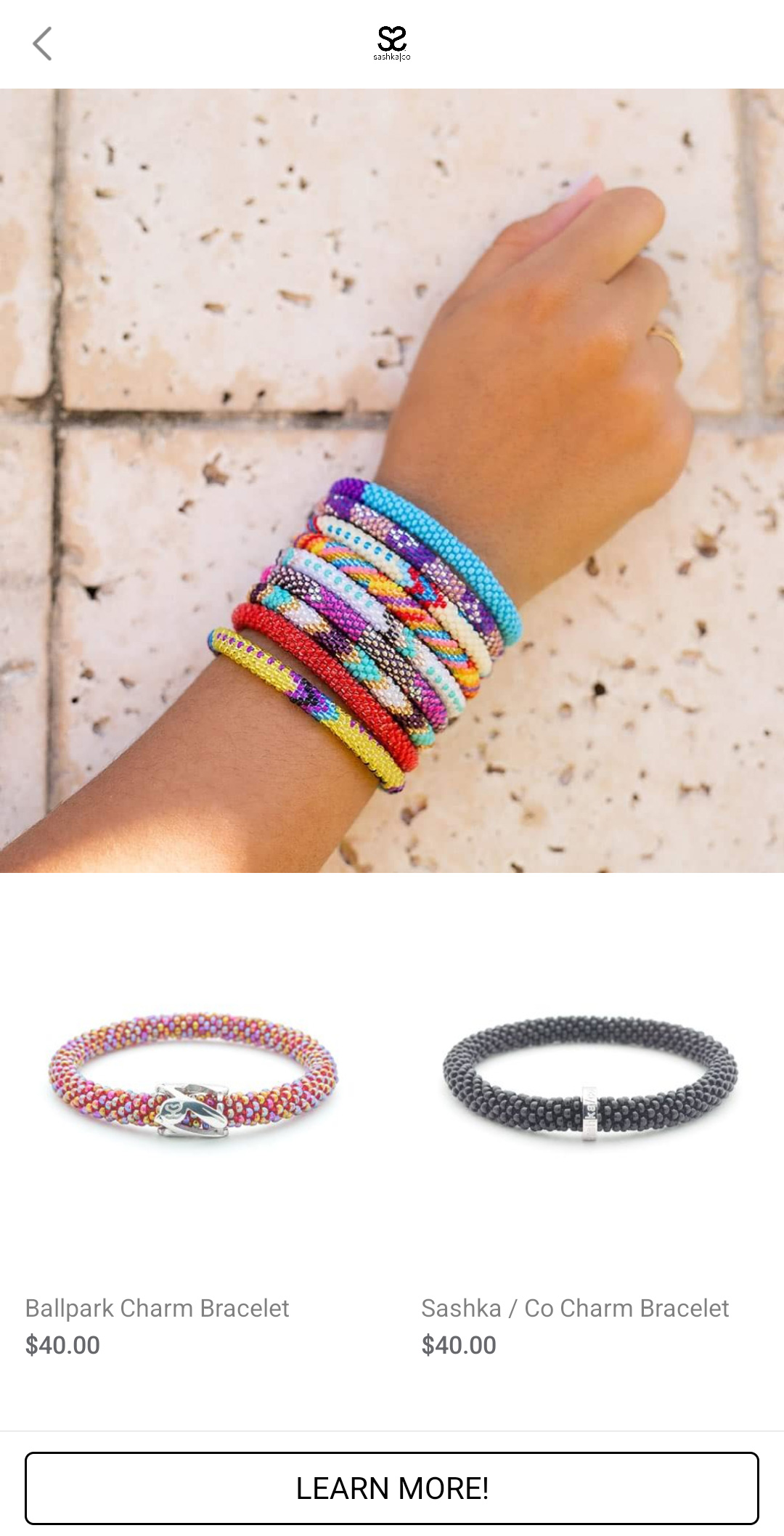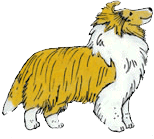Part II: Sheltie success at Westminster!
 By Ann Compton – Sheltie Nation member & journalist specializing in Canine and Equine Topics (and mom to three Shelties)
By Ann Compton – Sheltie Nation member & journalist specializing in Canine and Equine Topics (and mom to three Shelties)
Every dog lover should see the Westminster Dog Show at least once if at all possible. It’s an experience unlike any other dog show, featuring 2,500 of America’s top dogs in a unique setting.
The Westminster Kennel Club show is the second oldest sporting event in the United States, only preceded by the Kentucky Derby, which began two years before the first Westminster Dog Show was held in 1877. The WKC show has taken place every year since it started in New York City at Madison Square Garden, even before it was Madison Square Garden, when it was called Gilmore’s Garden. It has been broadcast on live television since 1948.
Westminster has always been held on the second Monday and Tuesday in February and, for the last several years, seats at the Garden have been sold out well in advance. More than 700 members of the media from some 20 countries vie for photographs, stories, and comments from breeders and judges.
But what makes Westminster such a wonderful spectator experience is that it’s one of only a few shows left in the U.S. that is a “benched” show.
That means unless the dog is being groomed for the ring or shown, it must be at an assigned position on a maze of wooden benches behind the scenes, next to the grooming area, where the public can visit with both dogs and breeders.
Dogs showing at Westminster must be in the building by 11:30 a.m., and remain at their benching positions until 8 p.m. on the day their breed is judged. There are signs posted above each aisle, much like a supermarket, listing the breeds in each. Shelties, in the past shown on Tuesday with other Herding Group breeds, were moved to Monday this year. It’s important to check on which day your breed is shown, since dogs are only required to be there on the day they are judged.
Since the dogs not allowed to leave the Garden until 8 p.m., a pressing question was raised in my mind. Do they have doggie Port-A-Potties?
The answer is yes!
A row of horse-sized stalls, separated by chain link fencing and stocked with shavings, is set up by the grooming area. It’s not unusual to see a line of dogs on leashes waiting for a stall in between activities.
The floor of the Garden, lined with the famous green carpet, is separated during the day for the breed judging into seven rings. Breed judging begins at 8 a.m. Monday and Tuesday and runs until late afternoon, when winners are chosen in all 169 breeds. Dogs are not judged against each other, but rather according to the AKC breed standards. So, essentially, the judge is looking for the perfect dog. The Group judging takes place Monday and Tuesday evening, culminating in the Best in Show finale Tuesday night.
Breed winners are awarded in three categories: Best of Breed, Best Opposite Sex, and Awards of Merit. The Best of Breed can be either a male or female, so if a male dog wins BOB, a female wins Best Opposite and vice versa. An interesting Westminster statistic is that males win twice as often as females. Since the show began, 66 male dogs have taken Best in Show to only 34 females. The Award of Merit is given at the judge’s discretion to dogs who do not place in the top two spots but are deemed exceptional.
Best of Breed winners go on to compete in one of seven groups: Sporting, Hound, Terrier, Toy, Non-Sporting, Herding or Working. This year, the 15-inch Beagle took home the Best in Show honor after the Group judging was complete. Shelties are part of the Herding Group.
There can be many or few entrants in each breed, since just earning the credentials to qualify for Westminster is a remarkable achievement. The Labs had 51 entries this year; German Shepherds, 12. Some breeds had as few as two competitors.
I arrived at the Garden mid-morning Monday, with a mission to find Connie and Megan Nelson, owners of Champion Shellhaven Rabbit Run Rhapsody, a.k.a. “Annie,” who would be shown in Shetland Sheepdogs that afternoon. Connie breeds her Shelties at home in Cheshire, Connecticut, and her daughter, Megan, trains and handles them.
Locating someone in the hoards of people and dogs is quite a challenge. Even armed with directions as to where they expected to be grooming, it was like looking for a needle in a haystack. After several passes and a few cell phone calls, I reached my goal.
Megan was hard at work on Annie’s beautiful sable coat, even though she’d been groomed to the nines prior to arriving. It makes prepping and braiding a horse look like child’s play. Errant hairs are painstakingly snipped; the dog is brushed endlessly to make sure every last bit of fur is in place; white paws are dipped in talcum powder and the coat is spritzed to stay in place.
After hours of preparation, the big moment arrived. Twelve Shetland Sheepdogs, one more gorgeous than the next, paraded into Ring 3 single file. Spectators and press crowded around and the stands were filled with onlookers cheering on their favorite dog. The excitement was electric.
Dogs are lined up by entry numbers; males preceed females. Annie was last in line. Although appearing somewhat more diminutive compared to her bushier and more heavily coated male counterparts, Annie strutted into the ring with as much aplomb as Katherine Hepburn on the red carpet.
A dog who clearly enjoys her job, she was completely attuned to Megan’s every gesture. She knew exactly what was expected of her and relished her role, exuding confidence and reveling in the lights, cameras and crowds. She was a star, and she knew it.
 One by one, each dog is presented to the judge and examined for correctness of conformation
One by one, each dog is presented to the judge and examined for correctness of conformation
and appearance before running a line back and forth under his watchful eye to
evaluate movement. After each has been examined, the judge frequently asks several entrants to circle again while he deliberates. The suspense builds as he moves back and forth studying the lineup until he pulls his favorites for a final circle before announcing his choice.
After what seems like an eternity, with a single gesture, he points in quick succession to one, two, three dogs and pandemonium ensues.
When the judge pointed at Annie and the cheers erupted, she accepted it as her due. For the second year in a row, she was awarded Best Opposite, or top Female Sheltie. The Best of Breed title went to Champion Kylene Eden The Dragonslayer, a.k.a. “Thomas,” who happens to be related to Annie, keeping it all in the family.
Thomas is the grandson of Connie’s first winning show dog, Champion Cindahope Trade Mark. Mark also sired Annie, and is the founding male of Connie’s championship Sheltie line. Thomas also won the breed at the recent Eukanuba Championship, and placed second in the Herding Group judging.
After the judging, Annie retired to her benching position next to Thomas, both displaying their ribbons. Totally unfazed by the crush of onlookers, she curled up on the pillow in her crate for a well-earned nap while Connie fielded questions and accolades.
Congratulations to Connie, Megan and Annie on a great success and a remarkable achievement!


